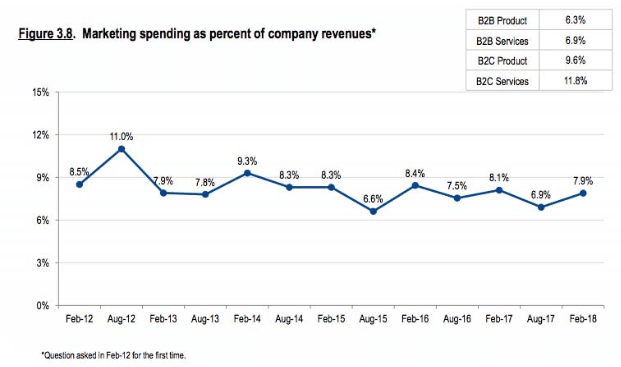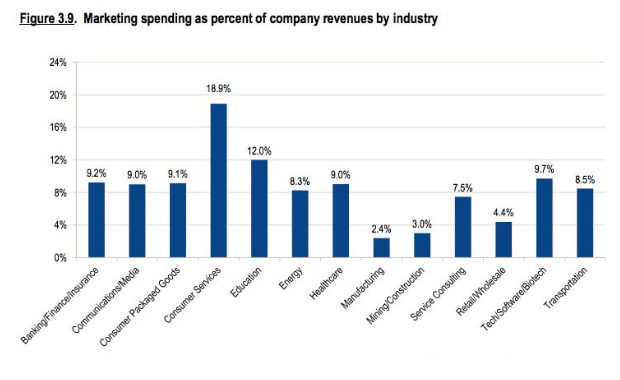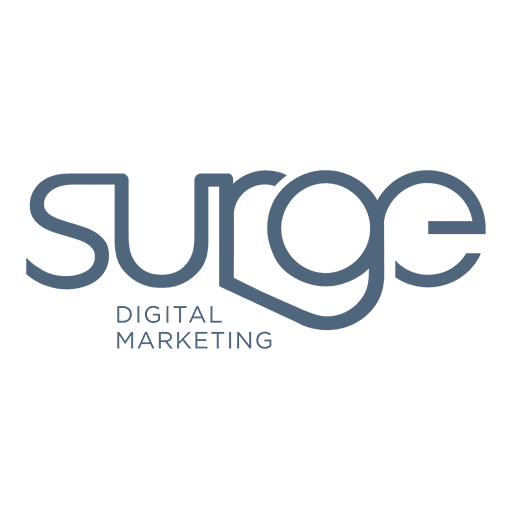As digital inevitably overtakes traditional marketing, there’s no question that every business needs digital marketing to some degree. A better question to ask is how much should your business be spending on digital marketing?
WHY BUDGETING FOR DIGITAL MARKETING IS IMPORTANT
From 2016 to 2017, new active social media users increased by 2 million on desktop and 3 million on mobile in South Africa. Internet users also increased by 7%, making that figure 28,6 million. That’s more than half the country’s total population, interacting and looking for information online.
Increasingly, people are becoming accustomed to finding businesses and services online, including via social media. Businesses that allocate too small a budget, or no budget at all, to digital marketing are at risk of becoming obsolete.
FACTORS THAT AFFECT YOUR DIGITAL MARKETING BUDGET
A few factors will affect how much you should be spending on digital marketing.
Industry
Certain industries are less reliant on digital marketing – for example, they may rely more on strategic relationships and word of mouth. According to Deloitte’s 2018 CMO survey, examples are construction, mining and manufacturing.
In other industries, an online presence is extremely important, making it wise to allocate a larger budget for digital marketing. Among the industries that currently spend the most on marketing are consumer services, education and transportation.
Target market
If a large percentage of your target market isn’t online, naturally you’ll find other means of marketing to them. For example, the number of people over the age of 60 who look for services online is lower than those in their 20s or 30s.
Careful not to make false assumptions though. Even in 2016, a UK survey indicated that 51% of adults aged 55 to 64 regularly use social media, and 57% “almost always” do research online before making purchases. Today, those figures would undoubtedly be higher.
Size of your business
If your business is small, you’ll tend to be more frugal with your marketing spend. This can work in your favour if it means you make your marketing more targeted.
With a bit of market research, you can learn where you’re most likely to reach your target market. For example, instead of trying to be on all the social media platforms, you might find just Facebook or just Twitter yield the best results.
Return on investment
Even if traditional marketing still works for your business, it tends to be a lot more expensive. Weigh up the ROI for an expensive and time-consuming TV advert versus a clever social media campaign, and most often, digital marketing is the clear winner.
If initial spend is too high, even a fairly successful marketing campaign can be undercut by a poor return on investment.
GUIDELINES FOR A DIGITAL MARKETING BUDGET
Year on year, small and medium businesses are increasing the percentage of their marketing budgets that they allocate to digital marketing.

This is despite overall marketing allocations trending slightly down over the last five years. The trend doesn’t necessarily indicate that businesses have less to spend, or that they’re deprioritising marketing. Instead, it could be explained simply by the fact that businesses are getting better results for less money with digital marketing.
As of 2017, the highest average marketing allocation was from businesses offering services to consumers (B2C services), at 11.8% of total revenue. The lowest was from businesses offering products to other businesses (B2B products), at 6.3% of company revenue.
The industry that allocated the highest percentage of revenue to digital marketing was consumer services, at 18.9%. The lowest was manufacturing, at 2.4%.

Contact us to discuss your needs and find out more about what we offer.

